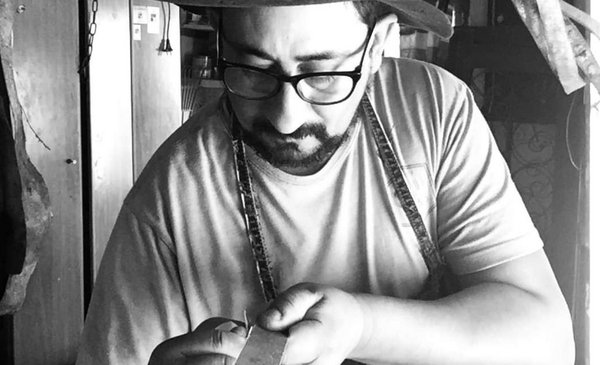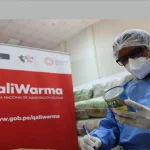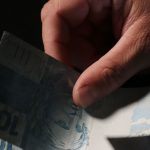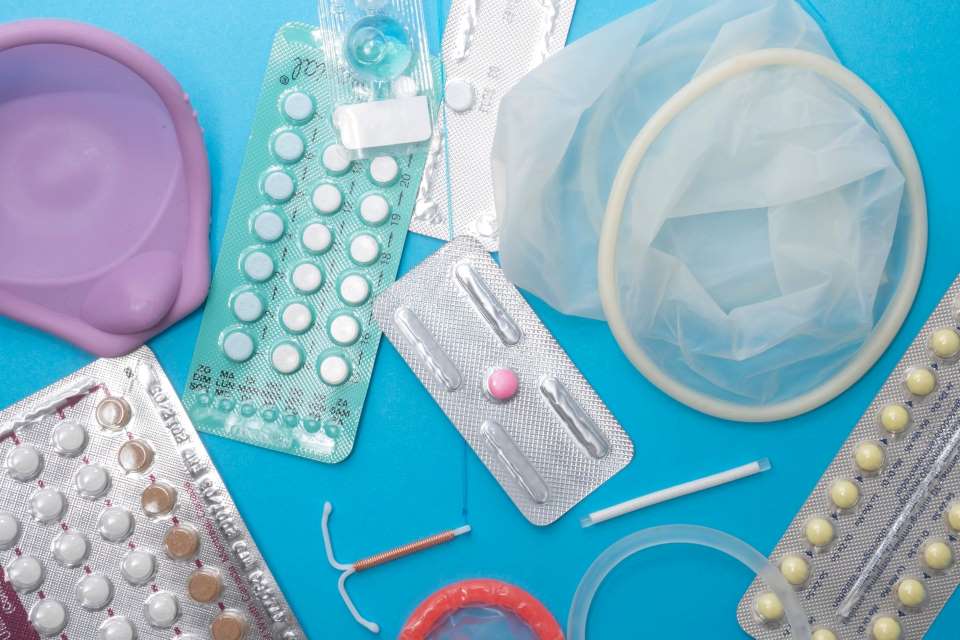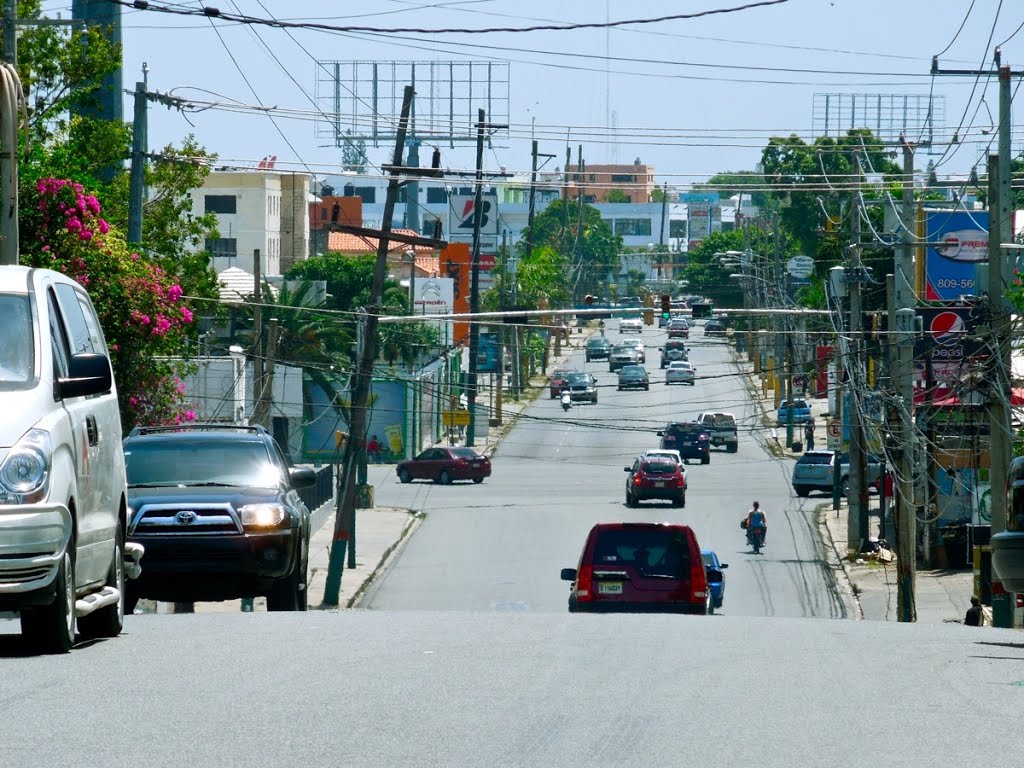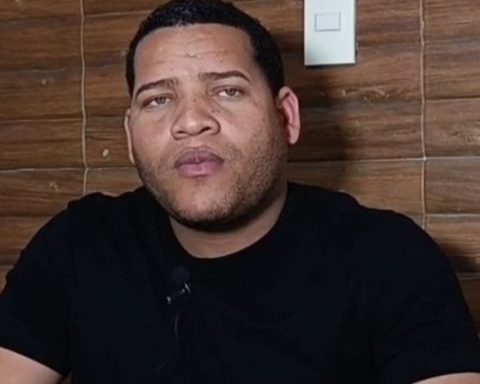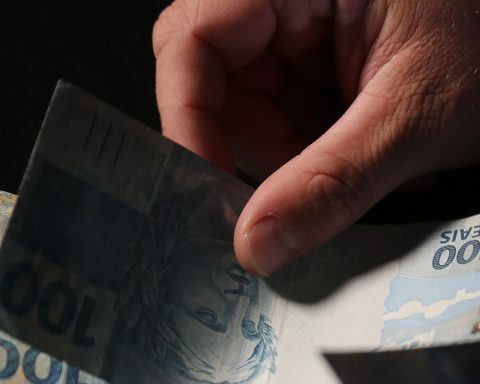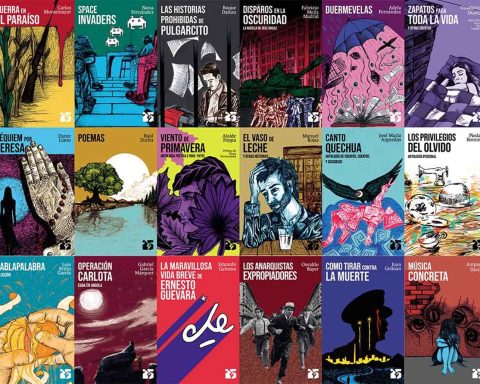Marcelo Gallone (46) he doesn’t forget when he tampered with the first try nor when his friend gave him a book to perfect his techniques like guasquero nor when President Luis Lacalle Pou took one of his handmade products for own use.
The minuano dedicated his whole life to the guasqueria, but can’t remember exactly when the business started. “I don’t know how entrepreneurship was born, but I do know how this love for art was born,” she says.
Three decades ago Gallone went to his grandfather’s field in Lavalleja, when summer began. His mother had to go to work and she had nowhere to leave him in Minas. During those days, Gallone spent his time in the high-ceilinged shed and, sitting on a bag of oats, began handling the first leather scraps, according to the concise instructions of his grandfather, who was also dedicated to making stew products for the countryside. “He was a man of the campaign, of few words, but that encouraged me to learn more,” recalls Gallone, adding that “as charged” he stayed next to his grandfather to see how he handled the leather with your fingers.
Courtesy Marcelo Gallone
Crafts produced by Gallone today
His first craft was a corridor for the oxen, which he still has. “That’s a disaster,” she admits while laughing. It was at that moment when “the bug bit him” and he never stopped practicing the stew.
Gallone considers that rawhide craft is a process that is learned and enjoyed over time. After his first handicrafts, would come the technique of tanning leather, acquired by the minuano since he was a child, when they hunted otters in the cutwater of the field and took advantage of the animal. His best friend, at age 16, gave him a leather and the book Gaucho skillwith instructions in guasquería.
“I did my first reins and I sold them to a man from El Soldado (Lavalleja stream)”, he narrates.
Gallone could have a job or not, but he never stopped producing in this area. He went through endless trades, which took him from forestry to driving an ambulance. until 10 years ago“the complicated situation” of not finding a job led Gallone to dedicate himself totally to what, until then, had been his hobby.
Gallone: ”Before, we guasqueros were locked up, today we have more reach through social networks”
The guasquero began to make products in his house to sell them: “That was a mess; it dirty the living room, the kitchen, everything,” says the entrepreneur. The next step was to found his own workshop. Thus, Negro Viejo was born.
Today, he constantly works on site, albeit “gentle as a bowling cat.” And he says: “There are times when the day meets the night working”, but Gallone does not care.
“Things have changed a lot,” says the minuano. Before, he worked alone, “in the middle of the field”, locked up all day in a shed. Today, “the social networks) they changed everything and, thanks to that, we have more visibility”, expressed the entrepreneur in dialogue with Coffee & Business.

Courtesy Marcelo Gallone
Products made by the minuano guasquero
culture issue
Preserving this tradition “is a political and cultural issue”point out and add: “Nobility obliges us to recognize the accolade that Lacalle gave us”, says in relation to the fact that the president attends the events and awards prizes of the item. Within this framework and to continue with the tradition, Gallone created, together with Milagros Herrera and Clementina Sartori, “Country of Guasqueros”, an initiative that seeks to promote this activity. “Guasquilla is no less than candombe,” she points out.
Today, items are not made just for the countryside: purses, wallets, key chains are made, explains the entrepreneur. “I do everything,” explains the guasquero, who receives orders through their social networks to sell your personalized products. Gallone markets its products on Twitter, Facebook, Instagram and LinkedIn.
Gallone: ”(La guasquería) is a cultural issue; it is at the same level as candombe”
“What is the fundamental characteristic of the guasquero?”, he asks, pretending that he does not know that answer. And he retorts: “The characteristic of a good guasquero is that if someone comes and asks you for a bow, you have to know how to do it; they ask for a whip, you have to know how to do it; a keychain, you make the keychain. Everything a client asks for, you have to know how to do it in raw leather”.
Gallone stops by his workshop in Minas — where he lives with his wife and two daughters — and goes out a few times a year. “There is a lot of work,” he says, and acknowledges that, since the workshop is only supported by him, he prefers to stay with the custom business model. “I know that I’m not going to make money with this, but it’s priceless to live off what I like.”

Courtesy Marcelo Gallone
The first craft made by Gallone together with his grandfather
In 2021, the entrepreneur joined Sembrando, the Presidency program that supports entrepreneurs, which gave him support to increase his presence on social media and thus boost the business from home.
Through the program, its products even reached the Uruguayan pavilion at Expo Dubai.
The pieces of the Uruguayan guasquero were sold to clients in Argentina, Brazil and the states of New Mexico and Montana, in the United States.
The guasquería was declared intangible cultural heritage by the National Cultural Heritage Commission in July 2022. Gallone was present at the event not only because he felt part of that tradition, but also because the event took place in Minas (Lavalleja), his hometown.

MEC
Gallone together with other gusqueros; the Minister of Education and Culture, Pablo da Silveira; the Undersecretary of Education and Culture, Ana Ribeiro on the day the guasquería was declared Intangible Cultural Heritage
